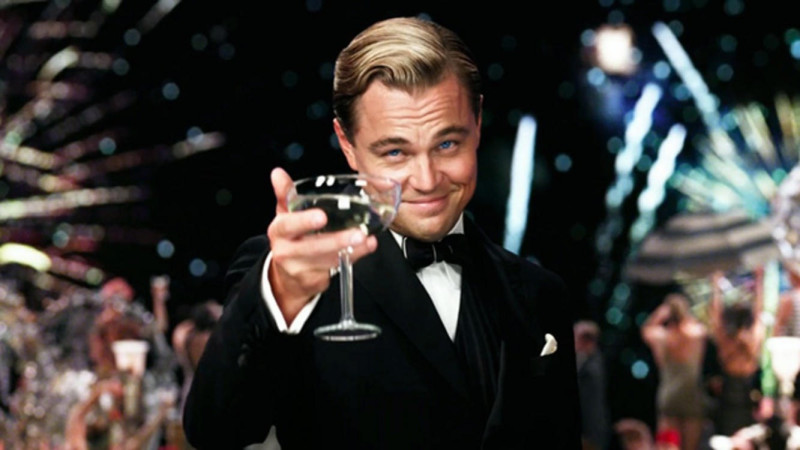Similarities of 1920 shine through in current events
 A new decade is on the horizon: the 2020s. To venture into such an era unprepared could prove disastrous, so it’s certainly necessary to be ready for a sort of Y2.2k. And, as a time traveling genius, I am perfectly qualified to prepare you all.
A new decade is on the horizon: the 2020s. To venture into such an era unprepared could prove disastrous, so it’s certainly necessary to be ready for a sort of Y2.2k. And, as a time traveling genius, I am perfectly qualified to prepare you all.
Media consumers should be prepared for an onslaught of references to “20/20 vision” from ads, even if they have nothing to do with glasses. Also, it will start to become acceptable to refer to the previous decades (2000-2019) as historical periods, though humanity will have just barely passed through them.
Though currently nameless, even the youth will start mentioning the “twenty-teens” like experienced old pros. The new generation will start disassociating themselves from the ancient Millennials, but forgetting they have been alive for not very long comparted to the average American. “OK, Boomer” is evidence of a new generation emerging to combat the ideas and norms of those that came before them.
But as much as one can predict, it is essential to look back to the past to see what may happen in the future. So what happened in the 1920s that can be used to predict the future?
GOOD THINGS:
A resurgence of jazz music
During the 1920s, jazz was a new style of music created by mixing European and African styles. Believe it or not, jazz was considered rebellious during this decade. More realistically, the 2020s will bring about a new style of music for the rebellious teenagers to embrace, only to become the next classical music 50 years later.
Incredible new technologies
Admittedly, the radio, telephone and cars from this period wouldn’t exactly impress today. But at the time, these were marvels of human innovation, improving connection across the country, and even the world. Hopefully, the 2020s will carry this trend, ideally resulting in the achievement of flying cars that many have been waiting for.
A leap in life expectancy
The average life expectancy in the 1920s was 54 years old, according to Berkeley.edu. That sounds bad, but it was better than the 37 years one could expect 100 years earlier than that (from Our World in Data). Right now, the U.S. has a 78.69-year life expectancy, (according to Our World Bank) so hopefully by 2120 it’ll be somewhere in the 100s.
Social reform
In 1924, the U.S. government passed a bill that made all Native Americans citizens of the United States. Equally important, the 19th Amendment gave women the right to vote in 1920. Hopefully, such improvements will be prominent in the coming decade.
BAD THINGS:
The rise of racism
Unfortunately, the social reform was counterbalanced by the creation of the K.K.K., who gained prominence in the 1920s, according to ncpedia.org. Hopefully, this does not have any implications on the coming decade.
A second Great Depression
Up until 1929, everything was going great for the economy. But that did not continue — it did the opposite. Similarities to that economic situation can be found even today, such as a more constricting central bank, and a low but rising inflation, according to MoneyWeek. Good luck, Wall Street!
Rising income gap
The 1920s saw a sharply rising inequality gap. The industrial system made a bunch of regular people’s lives miserable while the rest of America got to live in an Scott F. Fitzgerald novel. This, besides being unfair, also contributed to the Great Depression.
Prohibition
Not being allowed to purchase alcohol legally is also not ideal now. Then again, in the 1920s some people were constantly intoxicated, even at work in factories, which is why the prohibition movement gained so much traction. Also, during Prohibition bootleggers were selling poisoned alcohol without regulation. Let’s hope that doesn’t make a resurgence.





